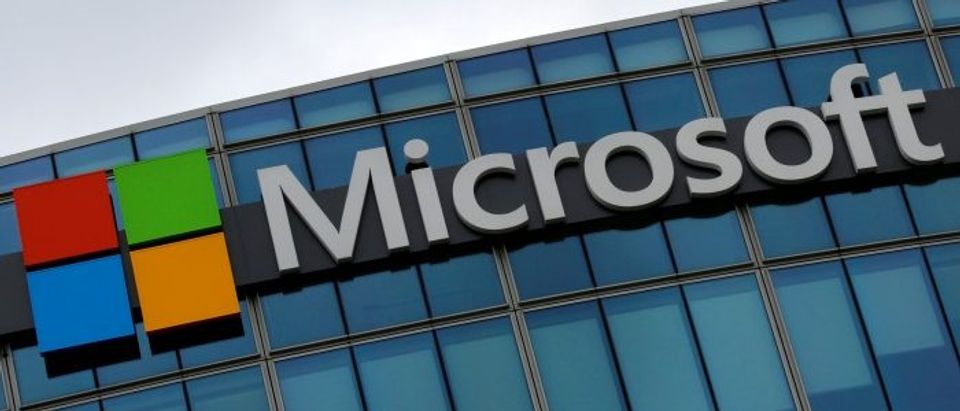There are plenty of political reasons for the wealth and opportunity gap in this country. But for years, the primary divide between rural and urban America has come because of the countryside’s lack of broadband access.
Approximately 23.4 million people living in rural communities do not have broadband connection. That’s a huge problem. In this day in age, not being online harms your education, your job prospects, and even your access to healthcare.
5 million households with school-age children don’t have Internet. In many rural areas, parents must go so far as to bring their children to out-of-the-way parking lots so they can receive a connection.
It’s no wonder why 85 percent of the country’s “persistent poverty counties” are in rural America. The U.S. Department of Agriculture’s (USDA) Economic Research Service (ERS)’s research found that the number of rural children living in poverty is rising even though the U.S. economy at large has seen reasonable income and employment gains.
This problem has gone on for far too long. Microsoft wants to put an end to it – and fast.
This week, Microsoft President Brad Smith gave a groundbreaking speech in Washington, D.C., launching the company’s Rural Airband Initiative. Standing in the same spot where Alexander Graham Bell demonstrated the first coast-to-coast phone call a century ago, Smith echoed his innovative spirit by exclaiming his company’s intent to bring high-speed Internet connectivity to two million people in rural America by 2022.
Their solution is a reasonable one. There are currently unused “white spaces” – blank TV channels – with 600 MHz frequency range. The connection strength is so powerful that it is known as “Super Wi-Fi,” traveling through walls and over hills and hollers with ease. That, mixed with the use of some other technologies, will allow the company to reach its goal within just 5 years.
As Smith said in his speech, “Anytime you can come to Washington and turn a $50 billion problem into a $10 billion problem, it is an unusual day in Washington.” He’s right — per the Boston Consulting Group, the Rural Airband Initiative will slash this connectivity problem from being a $50 billion one to one ranging from just $8-12 billion
Microsoft has made it clear that this is not a for-profit venture. In fact, through revenue sharing agreements, the company will invest every dollar it raises in additional projects to further combat the problem at hand.
If that’s not enough, Smith said that his company will go so far as to be a “catalyst for the marketplace” by licensing all of their 39 patents royalty free to everyone – even competitors – who want to put white spaces to work.
“Directly, Microsoft is only going to solve 10 percent of the problem,” Smith said, “But what we hope to do as a company is to be a catalyst so that we can learn from each other to work on the rest.”
Let’s hope that competitors take Smith up on his offer, because Microsoft has seen nothing but positives so far. The company has already worked on white spaces in 20 countries, successfully connecting over 185,000 people. Among the many achievements thus far is boosting Kenyan students’ scores on the 5-point national exam from a 2.6 to a 3.8. The same can happen in America so long as Microsoft receives cooperation from the FCC.
As Smith pointed out in his speech, when we put electricity and telephones in this country, we didn’t say “forget about 10% of the population.” We shouldn’t have done it with the Internet either, but fortunately we now have a feasible plan to correct the problem.
Microsoft has done its part by identifying the problem and laying out a detailed blueprint. Now it’s up to Ajit Pai’s FCC to wave its approval wand and ensure that no American is left behind. The futures of over 20 million rural Americans depends on it.
Edward Woodson is host of the nationally syndicated Edward Woodson Show, which airs daily from 3 to 6 pm EST on gcnlive.com.


